YANGON — Mandalay is one of Myanmar’s most culturally rich cities and home to a number of listed historic monasteries, some of which are over 100 years old and remain in good condition as an example of ancient architecture.
There are some well-known monasteries that are already popular with tourists in Mandalay and can become quite busy. To avoid the well-visited monasteries and take in the designs in peace and quiet, you can visit these monasteries which are less well-known but still beautiful.
Second Shwe In Pin Monastery
There are a total of three monasteries in the Shwe In Pin collection in Mandalay and this one is technically called ‘Second Shwe In Pin Monastery’ but people know it as simply ‘Shwe In Pin’. It is located on 89th Street between 37th and 38th streets in Maha Aung Myay Township.

The monastery is 123 years old and it was built by two wealthy Chinese merchants. While the compound of the monastery is really big, the entrance is a bit small so look carefully as it is easy to miss.
Once you enter the monastery compound, you have to take off your shoes. Even in the morning, the compound is peaceful and quiet. After walking a few steps, you’ll see the big, beautiful Shwe In Pin Monastery standing impressively before you.
The whole monastery is made entirely of teak wood. The roof of the monastery was built in tiers and the entrances of the building, walls, windows, doors are decorated with engravings. These engravings feature beautiful figures of people, dragons, birds, nats (spirits), flying horses and some flying humans too. All of the lines were created with a lot of detail giving it a unique elegance. It is really impressive ancient architecture.
The monastery was made using a total of 156 marble columns and the structure was originally four large separate rooms connected by a walkway.
It has a total of eight gates (the entrances are designed like gates) but some of them are really worn and not open. Visitors can go into the main monastery hall through a number of open gates. Be careful with your step because the teak floors are really old and might be weak.
In the hall, there is a big Buddha statue and some monks still worship here. The whole building is beginning to deteriorate and needs restoration works as soon as possible.
As a whole, the details of the design were just mind-blowing and I couldn’t say anything except “It’s so beautiful.” I recommended you see it with your own eyes while you are in Mandalay.
Mahar Min Htin Monastery
Mahar Min Htin Monastery was donated by Mahar Minla Minkyaw U Min Htin in 1852. It is 165 years old and located near the famous Maha Muni Pagoda in Maha Aung Myay Township.
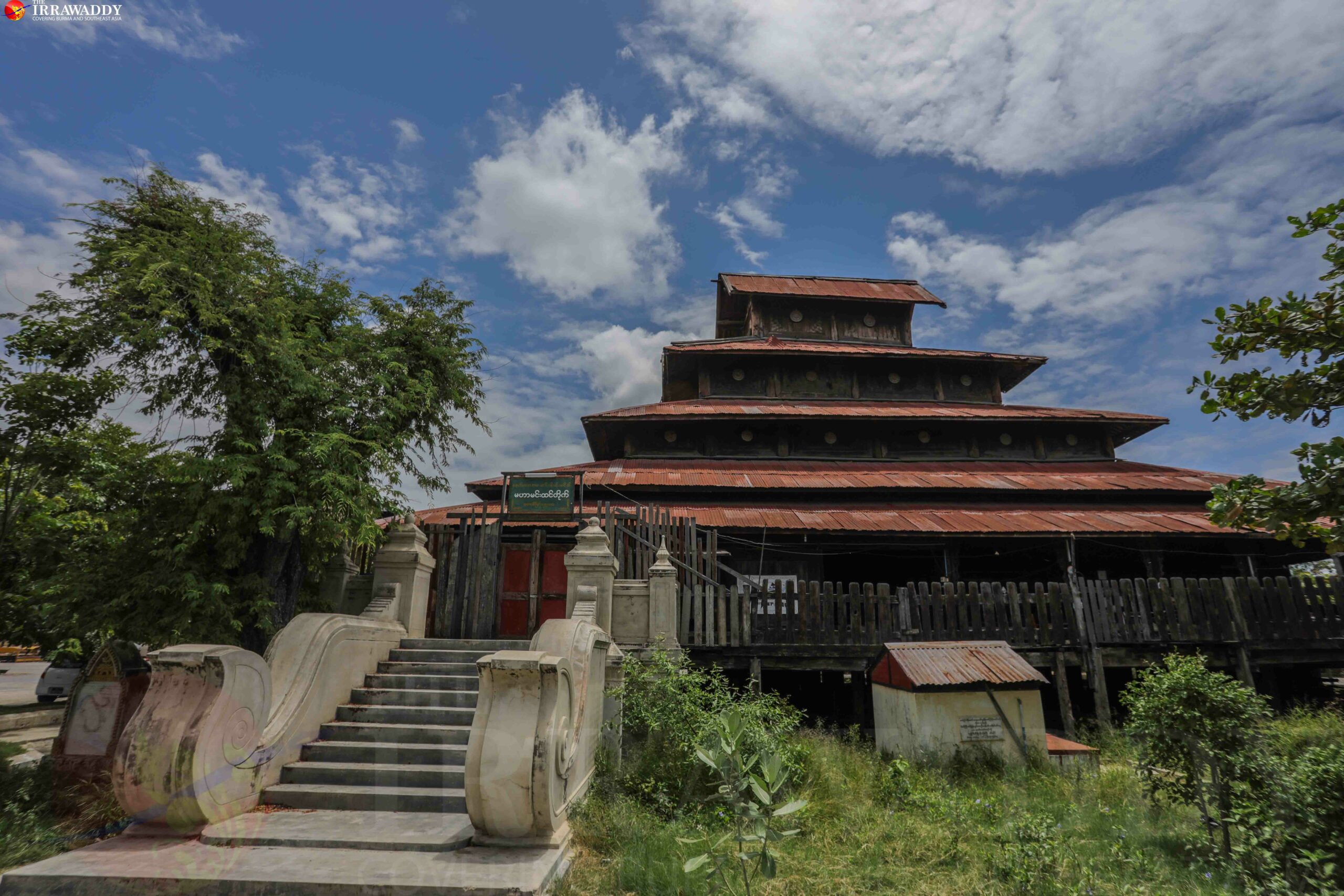
This monastery was originally built at Ava (now called Inwa) in 1852 and was moved to Mandalay in 1876. In the beginning, the monastery was built with a total of 426 teak columns but only 143 of them are left since its relocation. This means the original structure in Ava was probably three times bigger than what we see today. New wood columns have replaced the empty spots.
The monastery is famous for its huge size, ancient architectural design and a few engravings. It is uniquely set surrounded by three small moats.
It has two main entrances but can only be entered through one as the other is badly damaged. Many parts of this monastery are damaged and have to be restored as soon as possible by architects specializing in historic design.
Kyay Myin Monastery
Kyay Myin Monastery is another wooden one and has been standing for 140 years. It is located on 62nd Street and the entrance is at the end of a narrow lane off the street.
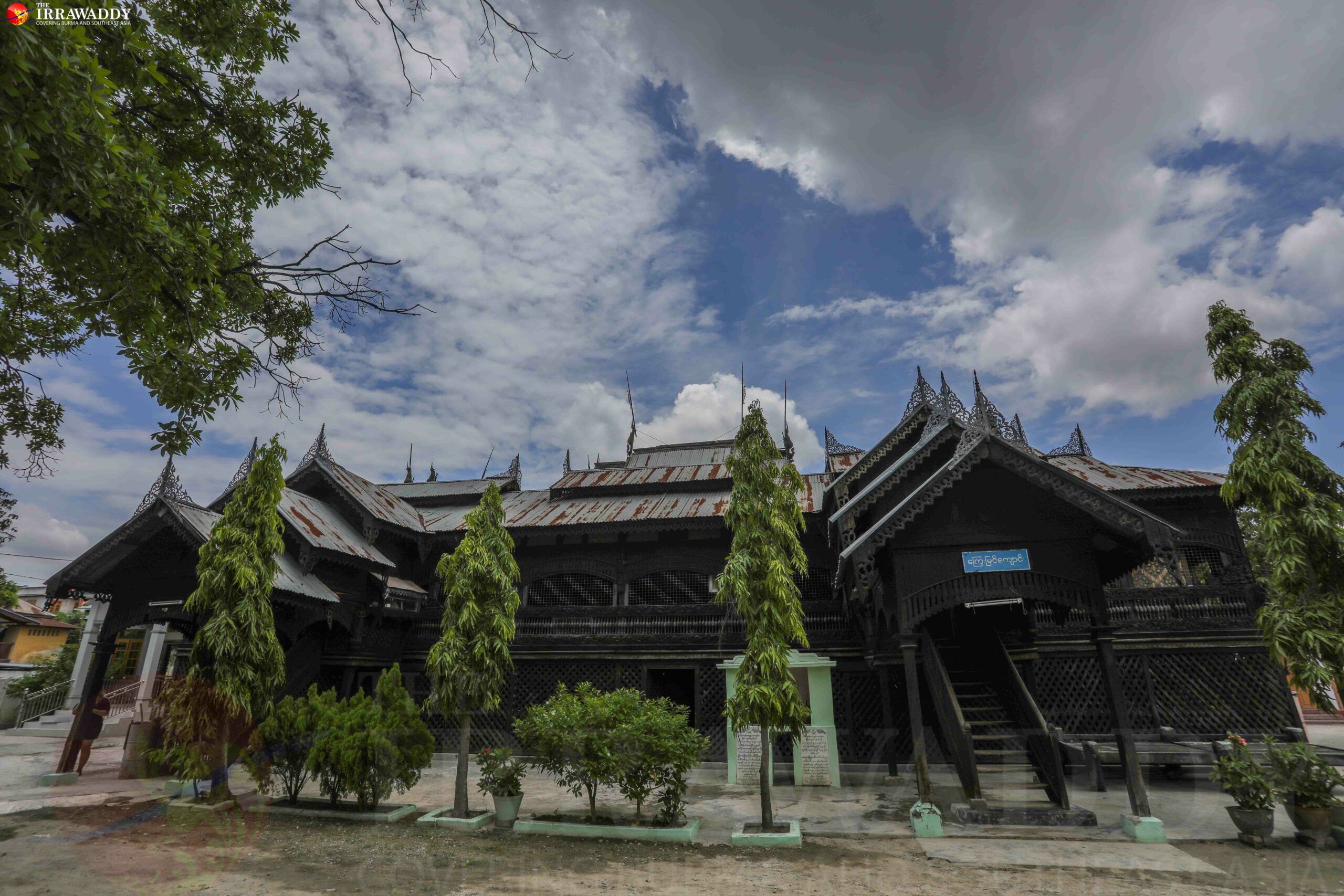
The original owner was the Yanarpo Ywar Sar but it was restored by King Mindon’s queen named Queen Kyay Myin so people have been calling it Kyay Myin Monastery.
The monastery’s roof is three-tiered and the kinnara and kinnari (mystical half-human half-bird couple), belu (ogre) engraving works on the entrance stairs are really impressive and surely the highlight of the monastery.
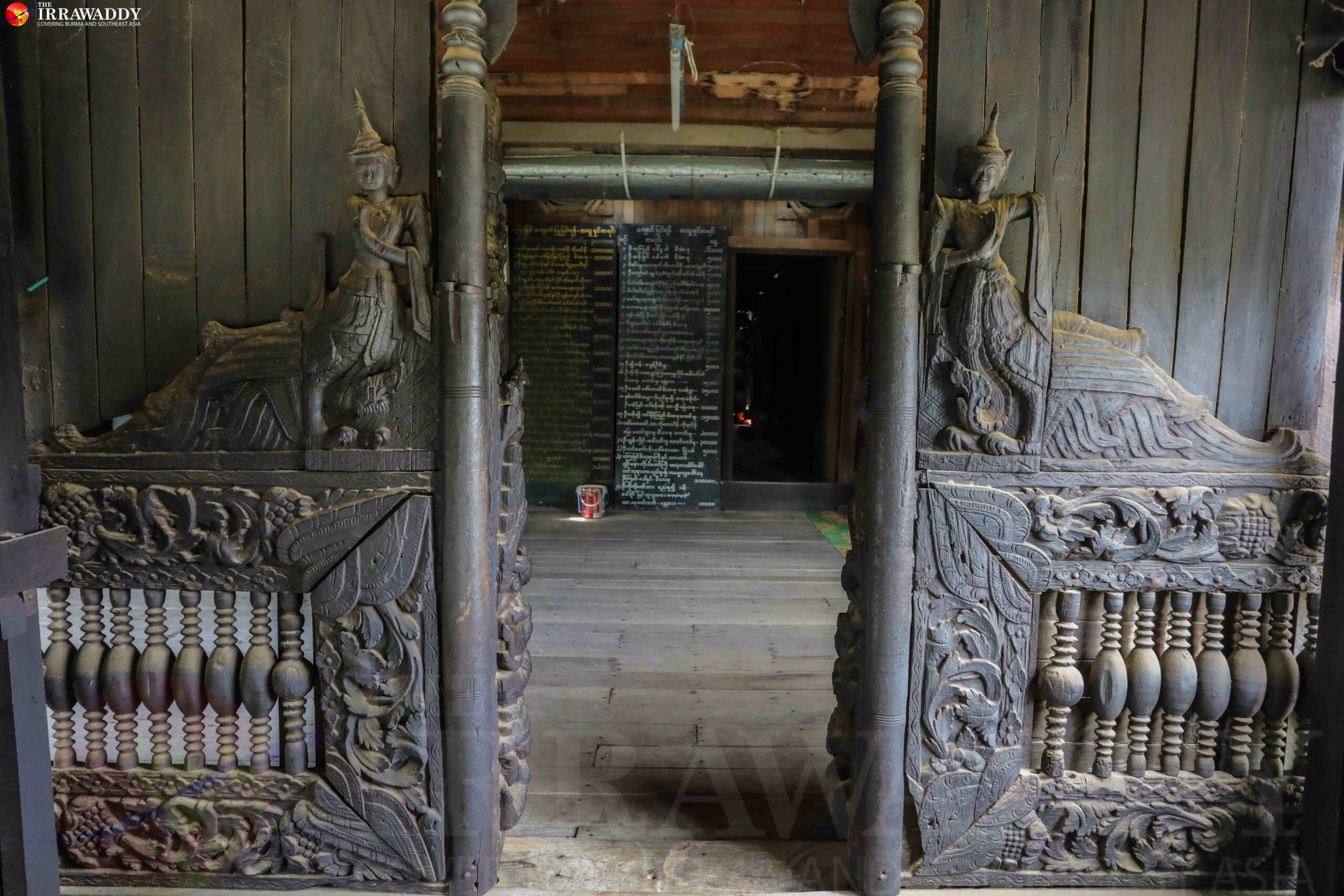
It is still in use and monks are living in the building. Visitors can go inside and see some old furniture styles of the previous century as well as some sculptures. This one is also a worthy place to visit when in town.
Kin Wun Min Gyi Monastery
This large wooden monastery was built in 1879 by Kin Wun Min Gyi U Kaung. It is located in East Daywun Quarter in Maha Aung Myay Township.
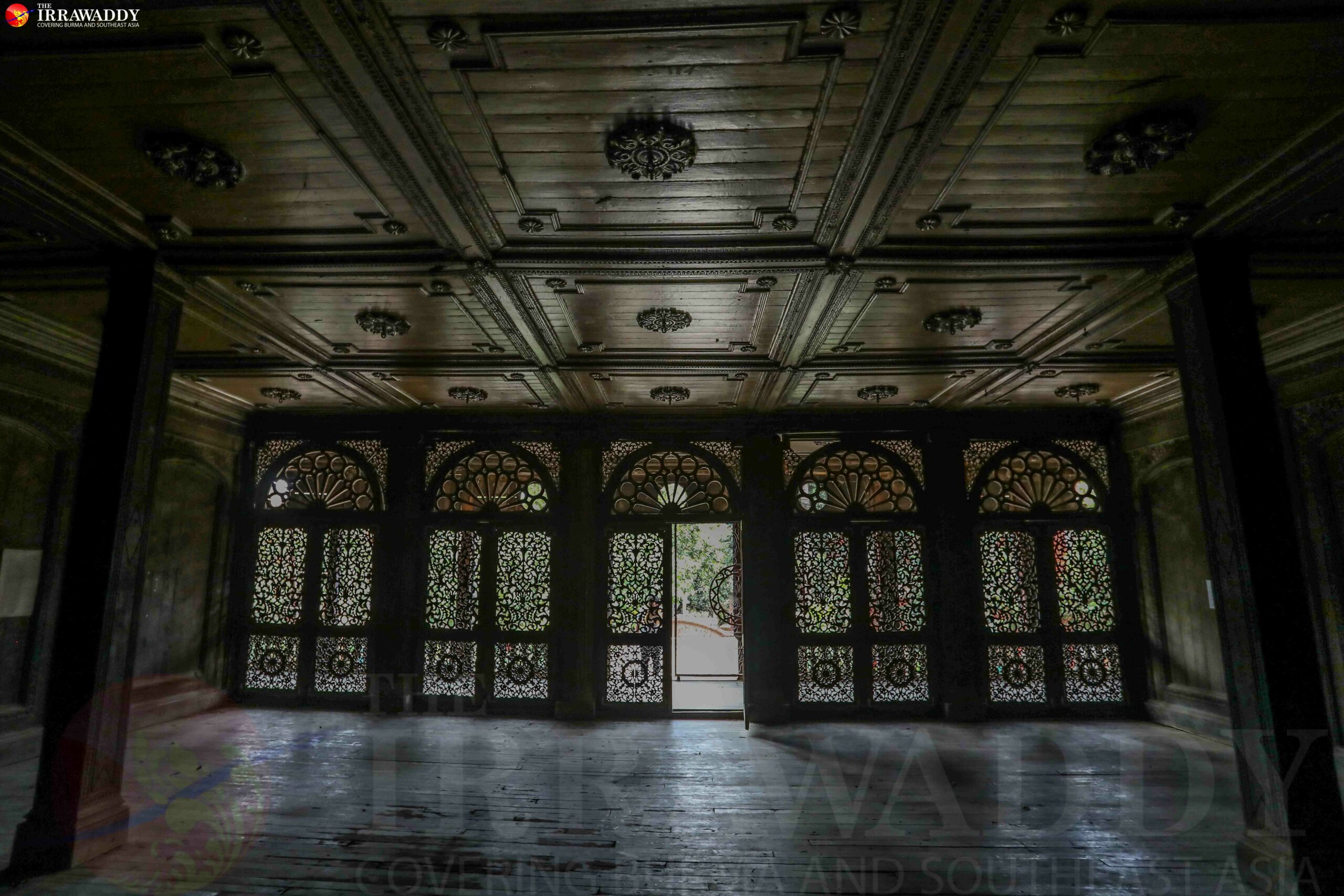
U Kaung was a chief minister during the reigns of King Mindon and Thibaw. During King Mindon’s reign, he visited Europe and went to cities across England, France and Italy as an ambassador. This European trip inspired the design he used for Kin Wun Min Gyi Monastery and has made the building famous to the present day. It is one of the only monasteries in a Western style of the 18th and 19th centuries and doesn’t have the usual tiered roof.
The building is now closed and no longer in usable condition but you can ask for the key from the monks who stay in the building compound and observe the interior structure and artwork.
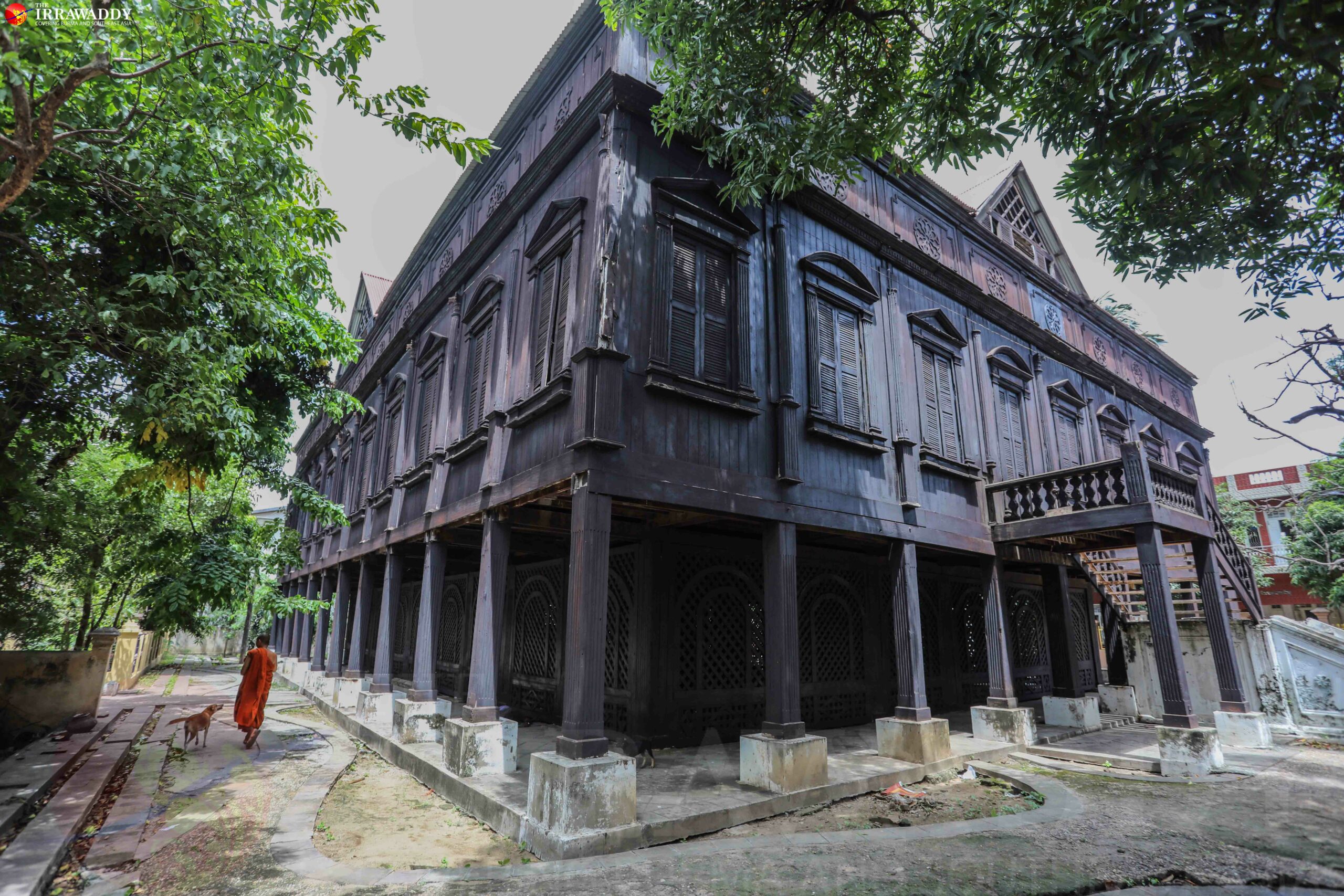
The interesting parts of this building are its huge dimensions and the use of tall wooden pillars. Some parts of the building have been damaged over time but some ancient engraving work still remains. The inside of the monastery is really dusty but the spiral stairs and big doors are beautiful.
Pyi Min Thar Monastery
Pyi Min Thar Monastery is similar to the monastery mentioned above, with a few ancient engravings at the stair entrance. It still used by the monks.
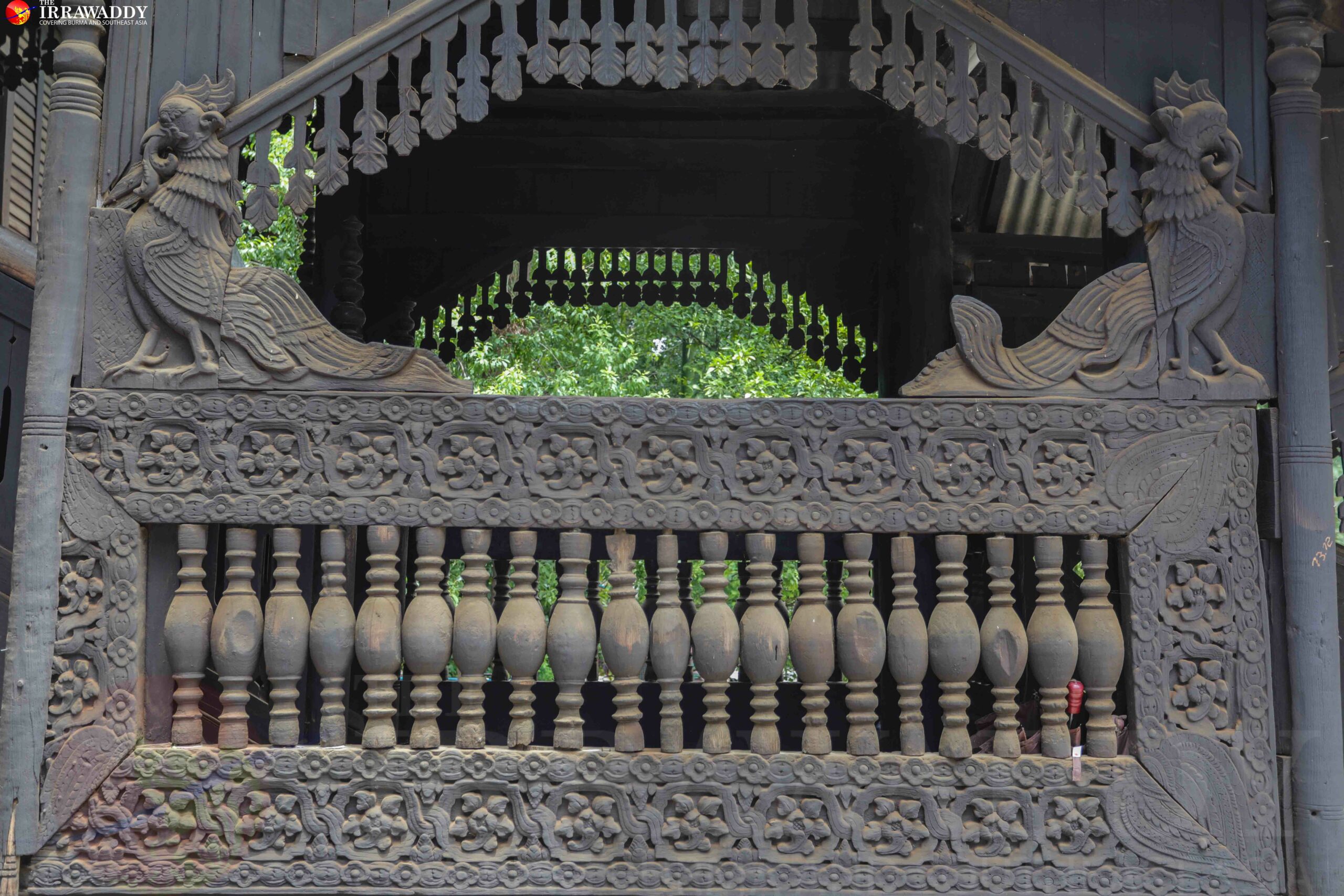
The special things about this monastery are the many ancient Buddha statues and historical artifacts kept here. There are ornamental thrones and their backdrops, book cabinets, lacquer boxes, teak boxes with Jataka inscriptions, packs of palm-leaf inscriptions, gilded glass mosaics, ancient brass bells and traditional art depicting lotus buds.
Mostly, the door is kept closed by the monks but you can ask them to study the things inside. This is a great place to observe some of Myanmar’s historic Buddha statues and other ancient artifacts.
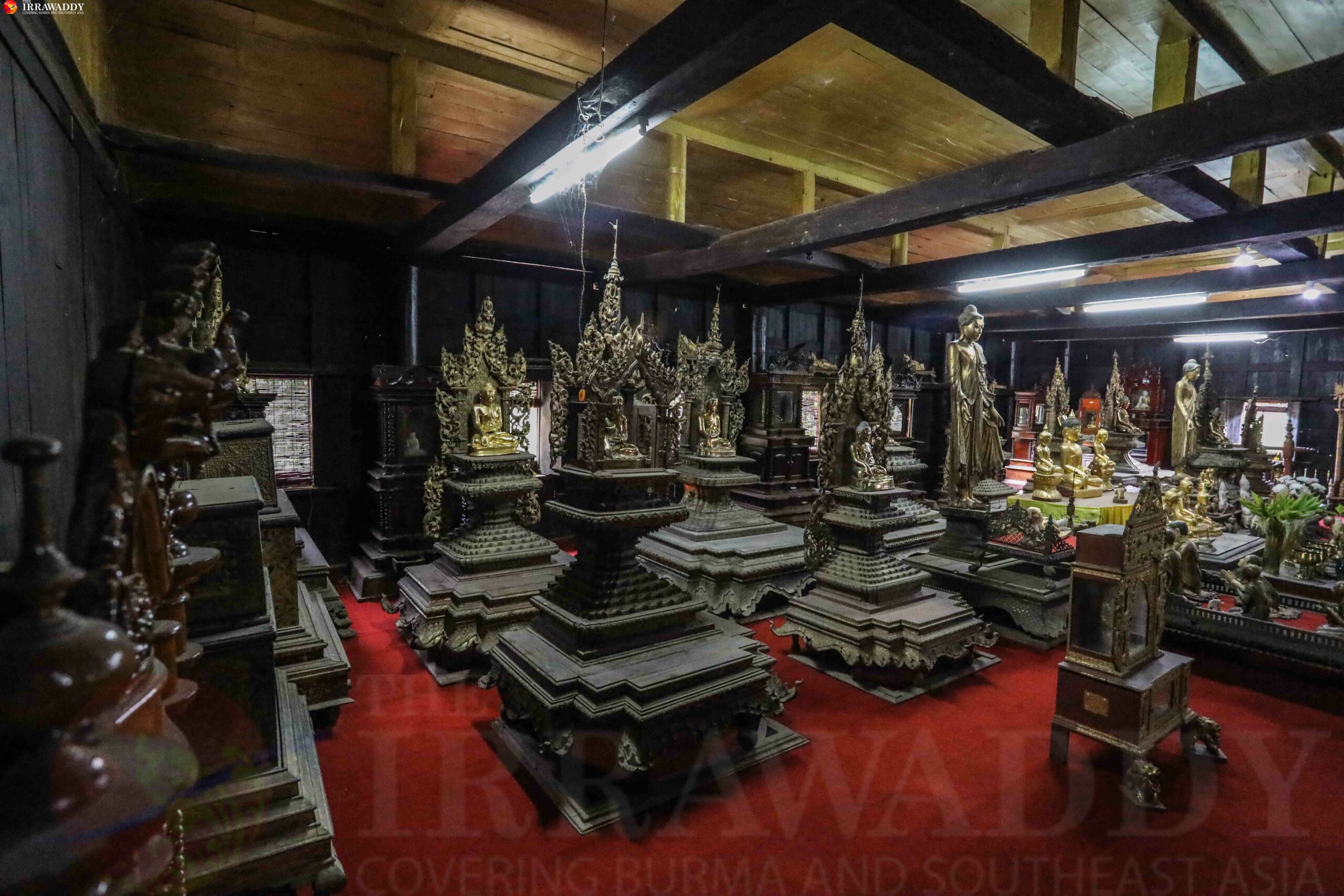
It was built in 1839 by the Prince Pyi, and the 179-year-old monastery can be found near 78th Street.

















